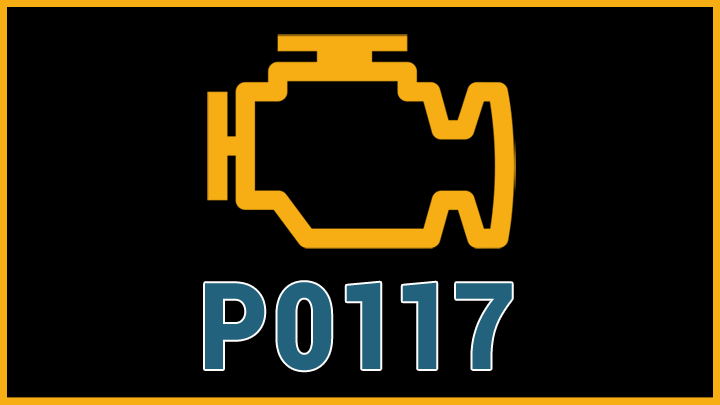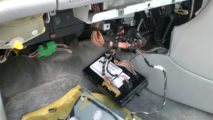Last Updated on June 30, 2022
The modern automobile is far more sophisticated than its counterparts of years gone by. Many functions that were once facilitated by way of mechanical linkages are now controlled through the use of computer modules and various motors. Virtually every vehicle function is now monitored by one or more sensors, which relay data to a corresponding control module.
This level of advancement has come with a wealth of benefits, most of which center around a vast increase in engine performance. Vehicles now routinely outperform those of yesteryear, while also getting better mileage than those cars produced 30-40 years ago. This is, of course, when all is functioning as intended.
Unfortunately, this is not always the case, as one or more of a vehicle’s sensor-related circuits can experience issues at any given time. One such a circuit is that which relates to an engine’s coolant temperature sensor.
When this circuit presents an issue of one type or another, a fault code, such as P0117, is typically stored. DTC P0117 describes an input related fault within the coolant temperature circuit itself.
Read on to learn more about DTC P0117, as well as how to address such issues if encountered in the future.
What Does Code P0117 Mean?
Diagnostic trouble code P0117 is indicative of an issue within your vehicle’s coolant temperature sensor circuit. More precisely, this fault code indicates that a low input condition has been detected within the engine coolant temperature sensor circuit.
However, to better understand the gravity of DTC P0117, one must first familiarize themselves with the role played by a vehicle’s ECT sensor.
As its name would suggest, a vehicle’s coolant temperature sensor monitors the temperature of the coolant within its engine. Feedback from this sensor is relayed to a vehicle’s ECM/PCM.
This data is then used to determine such factors as fuel trims and timing advance. Erratic or irrational feedback delivery from the engine coolant temperature sensor hinders an engine’s ability to operate at peak efficiency.
In the case of diagnostic trouble code P0117, an engine’s ECM/PCM has determined that the signal being transmitted by the corresponding coolant temperature sensor is below the standard operating threshold.
This forces an engine to operate off of “fail-safe” data stored by the ECM/PCM for use in the event of an ECT sensor failure. Though this data does typically facilitate engine operation, it is at a significant cost to overall efficiency.
Related: P0118 Code, P0125 Code
Symptoms of Code P0117
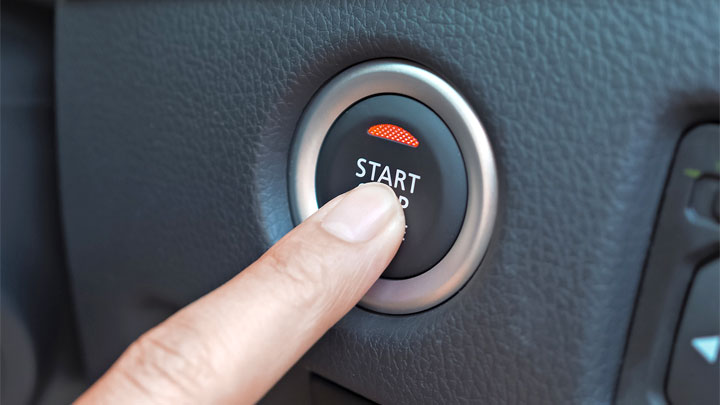
Diagnostic trouble code P0117 is often accompanied by a wide array of symptoms, some of which tend to be more severe than others. Recognizing these individual symptoms often proves key when attempting to remedy the issue at hand.
The following are several of the most common symptoms associated with DTC P0117.
- Illuminated check engine light
- Difficulty starting
- Erratic idle
- Stalling
- Lack of power
- Engine overheating
- Increased emissions
Causes of Code P0117
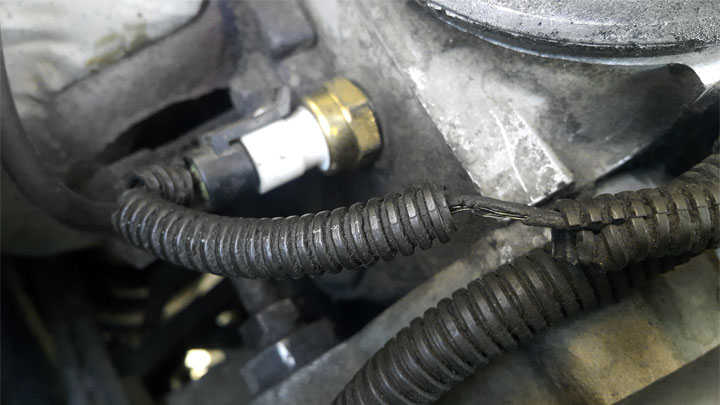
DTC P0117 can be caused by a handful of underlying conditions, all of varying scope and severity. Understanding these potential causes can prove valuable when attempting to expedite the process of returning your vehicle to service.
The following are several of the most common causes of diagnostic trouble code P0117.
- Poor coolant quality
- Air pocket in the cooling system
- Faulty ECT sensor
- Damaged ECT sensor wiring
- Faulty ECM/PCM
Is a Code P0117 Serious?
Diagnostic trouble code P0117 is generally regarded as being quite serious in nature. This stems from the fact that this fault is often accompanied by a number of rather severe driveability-related symptoms. In the most severe of cases, a motorist can even find themselves stranded, with little recourse.
Additionally, the presence of DTC P0117 can prevent a vehicle from passing emissions testing, where mandated by some state’s laws. This can prove troubling for those attempting to license their vehicle for another year of use. The only way to circumvent this issue is to remedy the root cause of a vehicle’s P0117 condition.
In any event, the underlying cause of a vehicle’s DTC P0117 condition should be diagnosed and remedied at the first available opportunity. Doing so prevents more dire secondary issues from arising in the future.
If you don’t feel comfortable tackling such repairs yourself, schedule an appointment with a trusted automotive service center as soon as possible.
How to Fix Code P0117
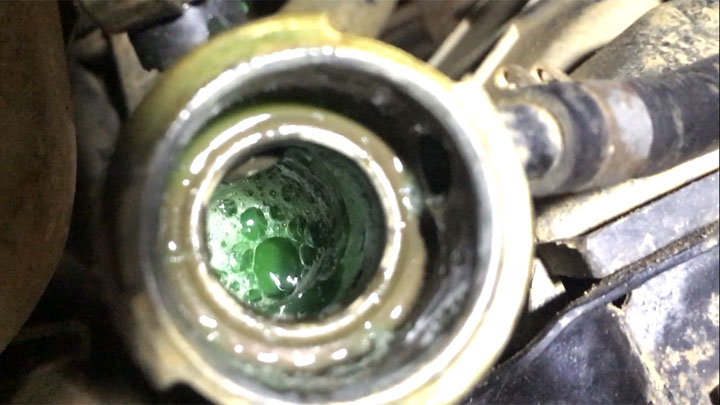
The following steps can be followed to assist in diagnosing and remedying the root cause of your vehicle’s DTC P0117 condition. As always, be sure to consult factory-specific service literature for your vehicle before attempting any such repairs.
#1 – Check For Additional DTCs
Before beginning the diagnostic process, check for the presence of additional diagnostic trouble codes. Any such codes should be thoroughly diagnosed and repaired before proceeding.
#2 – Evaluate Coolant
Begin by inspecting your vehicle’s coolant. The coolant itself should be filled to capacity and free of rust. If this is not the case, replenish your vehicle’s cooling system with coolant of the correct type.
#3 – Inspect ECT Sensor
You should now carefully inspect all wiring and connectors within your vehicle’s ECT sensor circuit. Any obvious defects should be repaired in their entirety before proceeding.
#4 – Monitor Live Data
Tap into your vehicle’s OBD II port with a quality scan tool, and begin monitoring your vehicle’s engine coolant temperature. Unplug the connector from your vehicle’s ECT sensor.
If all circuit wiring is intact, the observed temperature will fluctuate from one extreme to the other (high to low/ low to high). A lack of response indicates a wiring-related fault.
#5 – Check ECT Resistance
You will now check the resistance across your vehicle’s ECT sensor, with the use of a digital multimeter. These resistance measurements can be compared to those specified by your vehicle’s manufacturer.
Out of spec readings will necessitate ECT sensor replacement.

